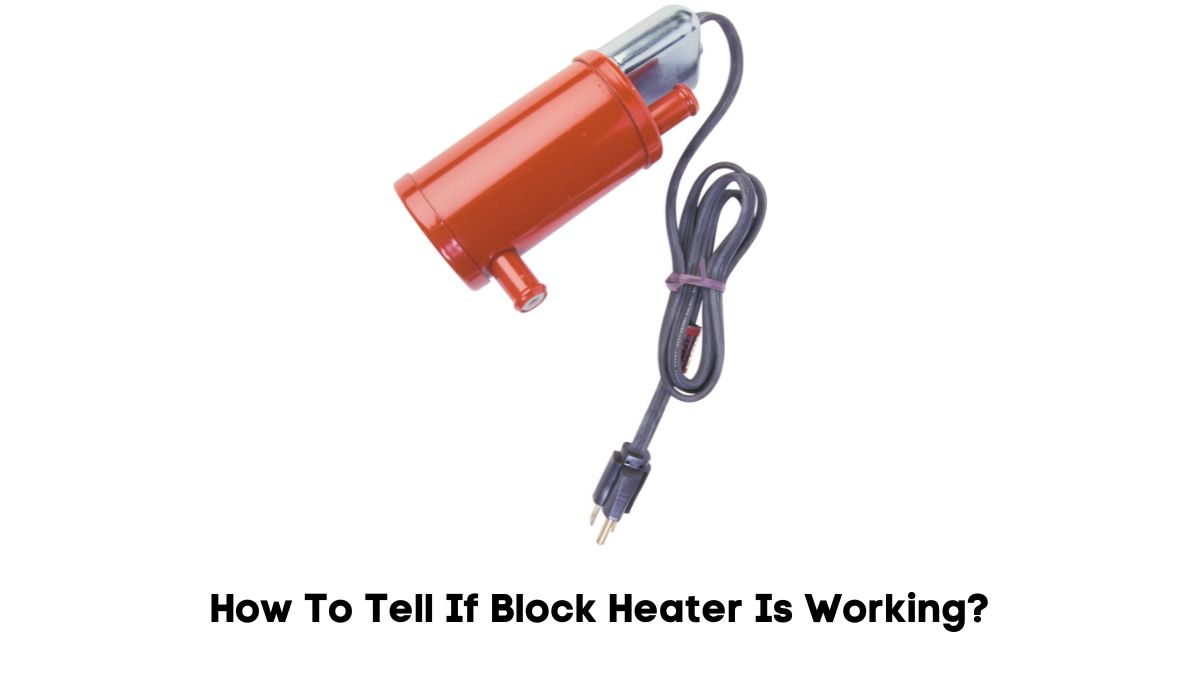Block heaters are invaluable. You find them in regions with freezing weather. In the right hands, they provide the following benefits:
- They prevent or reduce engine wear and tear by allowing the oil to maintain its viscosity, which, in turn, keeps the engine’s moving parts lubricated.
- You can start the car immediately without idling the engine.
- You can turn the hot air in the cabin on the moment you enter without first waiting for the vehicle to warm.
- The heater will protect the battery from the side effects of freezing temperatures.
- The heater protects the engine from the consequences of a cold start during winter.
Block heaters have gained popularity over the years because they are so easy to use. The process of operating a block heater involves the following:
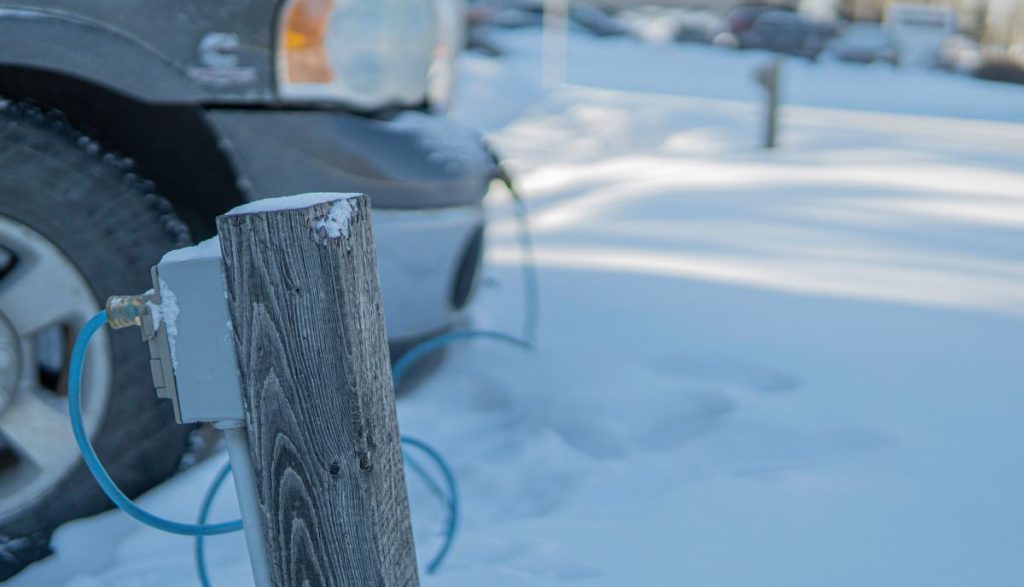
- Run the power cord from the block heater to the closest wall outlet.
- Wait thirty minutes to two hours.
- Unplug the heater before driving away.
But what happens when the block heater fails to work? Before panicking, how do you know your block heater has stopped working? Better yet, how can you tell that a block heater is working in the first place? Use the following solutions:
1). The Coolant Temperature Will Rise
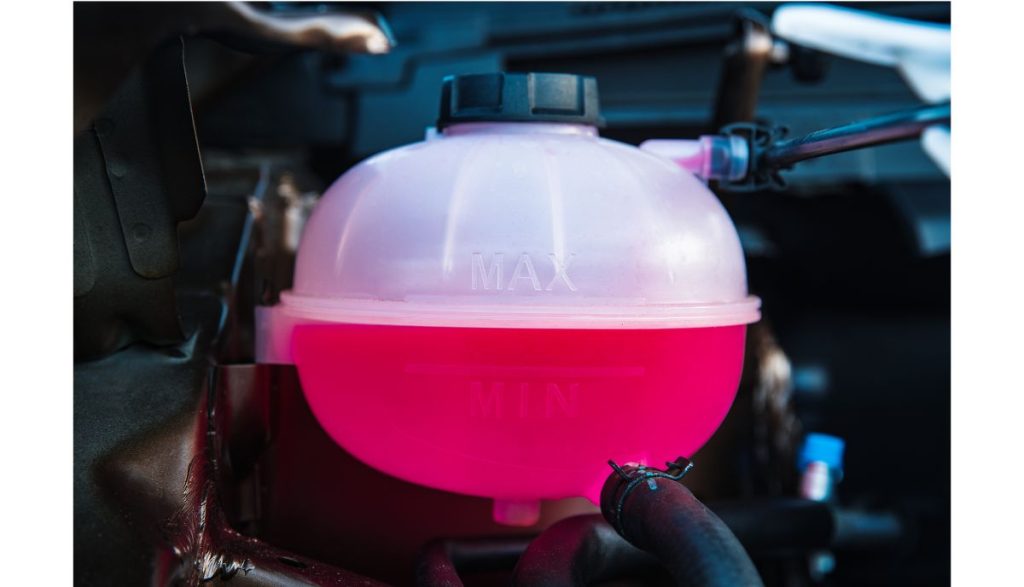
Start by measuring the coolant temperature. The block heater will raise the coolant temperature above the ambient temperature. The coolant temperature will drop momentarily when you start the car because it has started circulating through the cold sections of the engine block. Coolant at ambient temperatures shows that your block heater is not working.
2). Electric Meter Will Move In
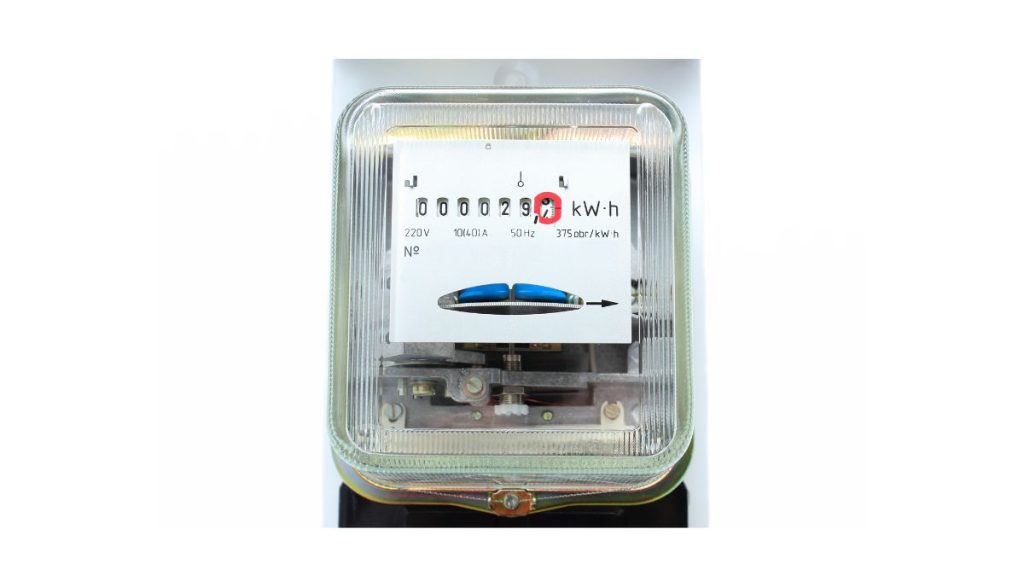
Block heaters are not heavy-duty devices. However, they still use electricity, and once you run them, the electric meter will move in response to the electrical draw. Try turning all other appliances in the house off before using the heater.
Check the meter periodically. You should see movement. Although, it is more convenient to connect an amp meter. These devices are inexpensive. More than likely, someone you know has one.
3). Strange Sounds

Some heaters are somewhat noisy. You may hear a sizzling sound comparable to that of boiling water. You should also listen for hissing after opening the hood. Some heaters are loud enough for you to hear them from a distance. Others are barely audible; you must open the hood and listen closely.
You also have models that cycle on and off depending on the ambient temperature. Their sounds will start and stop.
4). Warm Power Cord
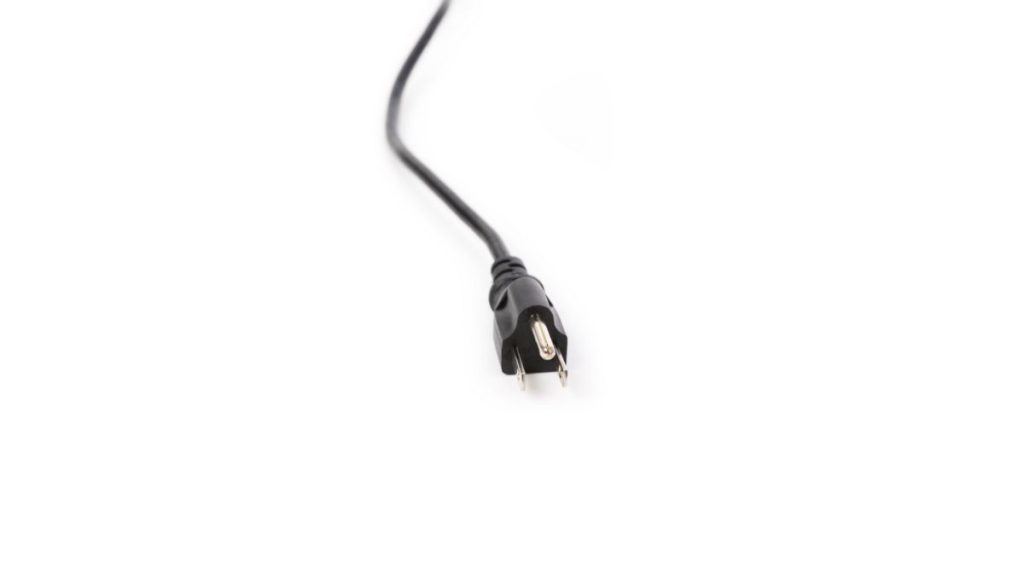
Find the power cord and follow it to the block heater. Electricity generates heat when it passes through a conductor. You’ve probably noticed that extension cords become warm to the touch after a while.
Some become so hot that you can barely touch them because the load has exceeded their capacity. A block heater’s cord should feel warm to the touch. Then again, this merely proves that a current is passing through the line. It doesn’t mean the block heater is working.
You should perform this test all the same because a cold cable shows that your block heater is not working.
5). Warm Block Heater
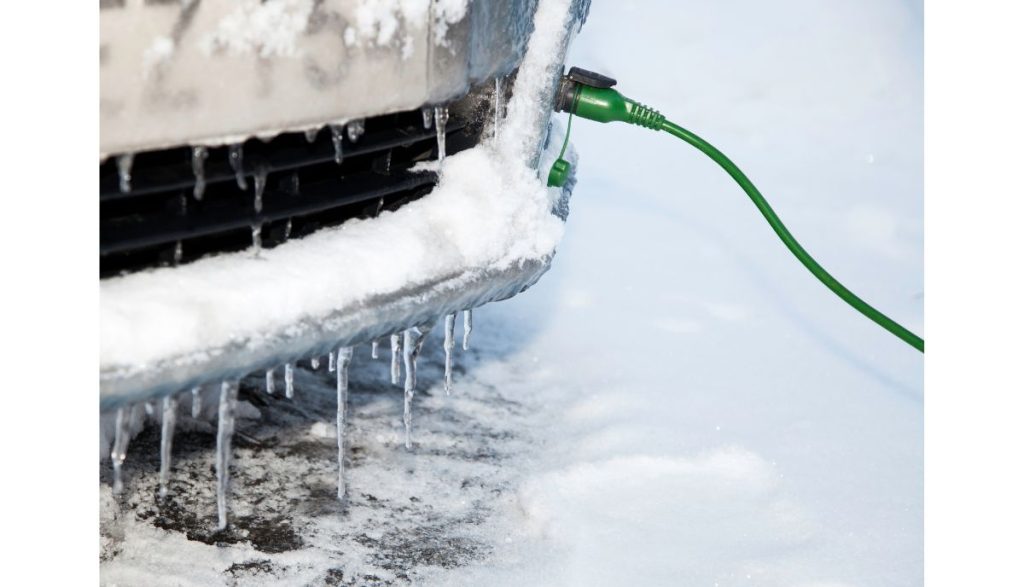
The area around the block heater should feel warm to the touch. Don’t perform this test unless you have some experience with block heaters and engines. Otherwise, you may burn your hand by touching the wrong surface.
6). A Car With A Working Block Heater Will Start In Cold Weather

Admittedly, this doesn’t mean much because many modern vehicles can start in the winter without a heater. You typically run the block heater to protect them from the damage caused by a cold start, not because the car refuses to start.
However, a car that starts is still good news. Many vehicles won’t start because the temperature is too low for the battery to run the engine’s electronics or for the oil and coolant to flow. Some people panic because the temperature gauge has barely shifted despite the presence of a functional block heater.
But the temperature gauge may remain static on icy mornings. This is why the best test is to start the car. A vehicle with a working block heater will start easier.
Why Is The Block Heater Not Working?
A faulty block heater is a fire hazard. Therefore, you should identify heaters with defects as soon as possible. Look for the following symptoms:
- The engine, oil, and coolant temperature will remain unchanged despite hours of heating.
- The power cord is frayed.
- You can see burn marks on the plug and socket.
But why would an engine block heater stop working? What would prevent it from heating the engine? You can blame one or more of the following:
1). Damaged Wiring
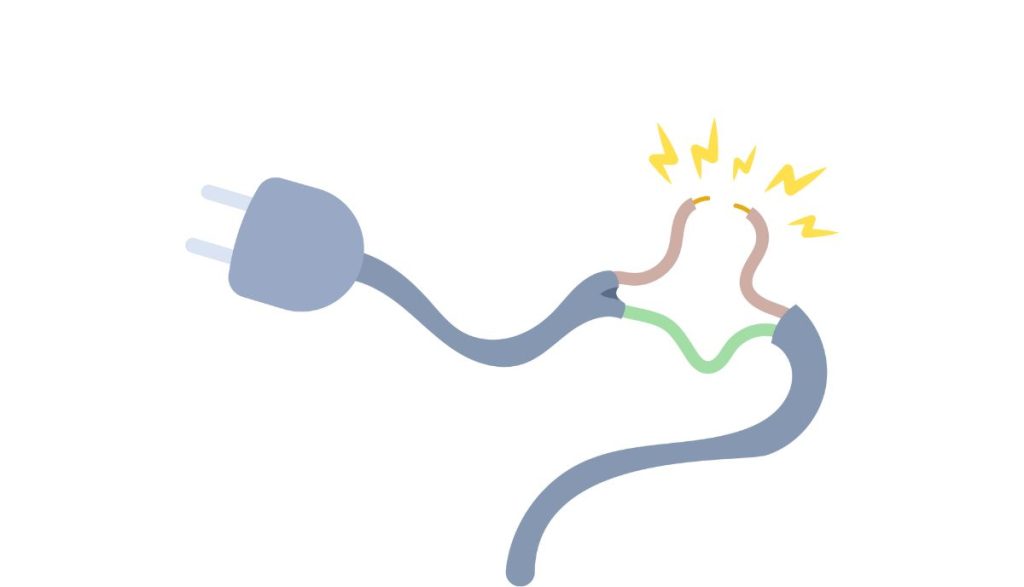
According to TB News Watch, Thunder Bay Fire Rescue in Northwestern Ontario has identified damaged wiring as the most common source of fires in block heaters. The cords expose the conductors when they crack, which leads to short circuits and accumulated heat.
Unfortunately, block heater power cords are exposed to the elements. They run from the car to the wall socket. Human traffic is bound to wear them down. That doesn’t even account for the threat of pests. Therefore, you can’t prevent them from incurring damage.
You can avoid fires by replacing the power cord once you notice burn marks, breaks, and tears on the jacket.
2). Dead Extension Cord
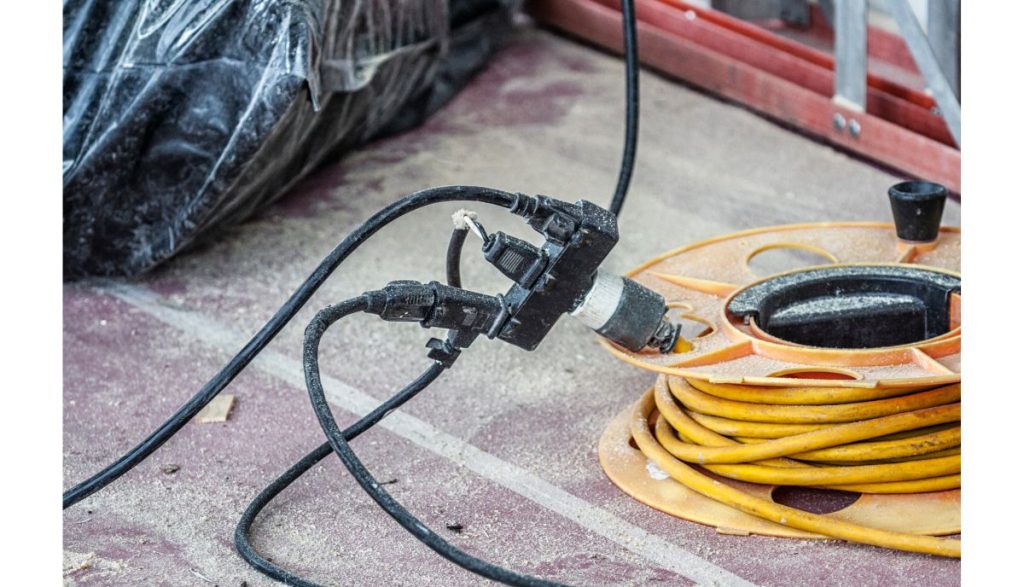
According to the Electrical Safety Foundation, over three thousand home fires start each year because of extension cords. They kill fifty people and injure hundreds. Many drivers use extension cords because the wall socket is too far away. The extension bridges the gap between the block heater and the power source.
A dead extension cord will prevent the block heater from working. Like the power cord, you should inspect these devices for frayed wiring and burn marks. Don’t hesitate to replace it once you notice signs of wear and tear. Extension cords are inexpensive.
3). Block Heaters With Factory Defects
Some block heaters have factory defects that prevent them from working. Fortunately, car manufacturers typically compensate drivers for these issues. In 2019, Consumer Reports covered a story where Ford recalled 410,000 pickup trucks because of an engine block heater fault.
The National Highway Traffic Safety Administration noticed that Ford’s design exposed the block heater’s cable connector to water and contaminants, which caused corrosion. According to the Car Guide, a 2018 recall damaged the block heater cable, creating a risk of short circuits, overheating, and melted wires.
Ford told Canadian drivers to stop using their engine block heaters. If your vehicle’s block heater has malfunctioned, check the manufacturer’s website for details about a potential recall.
4). Poor Installation

Any layperson can run a block heater. It is a simple matter of plugging the cord into a wall outlet. However, you need an expert to install the block heater, particularly the freeze plug and bolt-on heaters.
If you know enough to install a block heater, but it refuses to work, consult a mechanic. Ask them to inspect your work for mistakes. This Ford Service guide has also encouraged consumers to clean and dry the receptacle terminals with a dry cloth before use.

